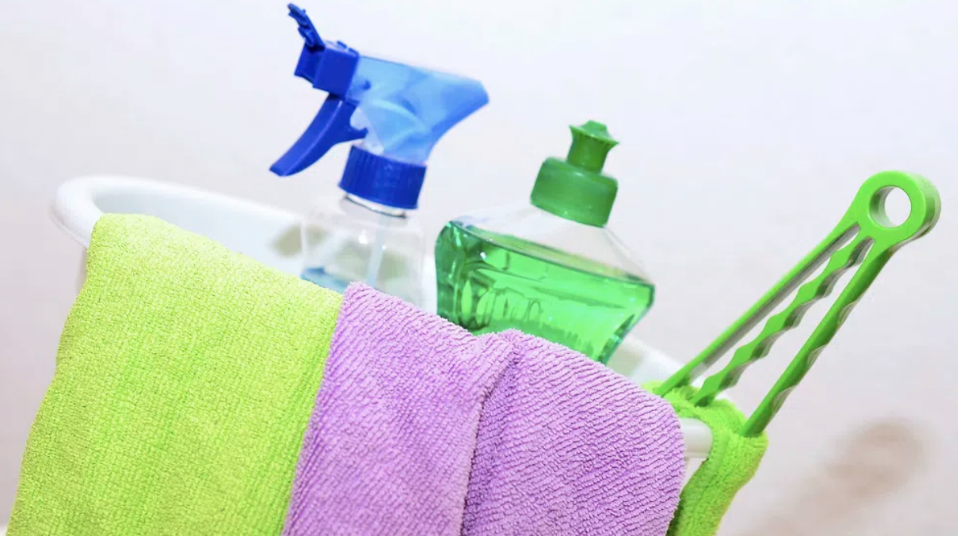

Sleep apnea is a complicated sleep disorder that disrupts the sleep of individuals because it causes pauses in breathing while sleeping. The only way to tackle this condition is to incorporate CPAP masks into your daily life. CPAP equipment is used for Continuous Positive Airway Pressure (CPAP) therapy. These CPAP equipment come with masks, and they have mask cushions to make sleeping comfortable for sleep apnea patients.
Other CPAP components may include masks, mask cushion, air tubing, humidifier tub and CPAP machine filters. Some CPAP machines also have reusable filters. To get the most out of your CPAP experience and extend the longevity of your CPAP mask, it is important to clean your CPAP equipment regularly.
Besides, a dirty CPAP machine can cause nasal congestion and allergies. In this blog, we will delve into the essential steps for cleaning and maintaining your CPAP mask to ensure its effectiveness and durability.
It's important to clean your CPAP equipment because you wear the mask on your face. Your face is susceptible to catching any type of infection. You might also end up with allergies and nasal congestion if you do not regularly clean your CPAP mask. A clean and well-maintained CPAP mask offers a multitude of benefits:
Regular cleaning prevents the buildup of dirt, oils, and bacteria, ensuring that your mask remains comfortable to wear.
A clean mask maintains a proper seal, preventing air leaks and maintaining the necessary air pressure to manage sleep apnea.
Proper maintenance can extend the life of your CPAP mask, saving you money on replacements.
Clean equipment reduces the risk of infections and other health issues associated with dirty masks.
Now, let's delve into the step-by-step guide for cleaning and maintaining your CPAP mask.
To avoid deep cleaning in regular intervals, you can always opt for daily cleaning. A little daily maintenance can go a long way in ensuring your CPAP mask's longevity. Make sure to sanitise the equipment daily. You can also incorporate these habits:
In the morning, after you have used your CPAP machine, gently wipe down your mask using a soft cloth or sponge dampened with warm water. This will remove any facial oils and sweat that have accumulated overnight. Doing this daily will prevent any thick accumulation of dust and debris.
Leave your mask in a clean, dry area to air dry during the day. Avoid direct sunlight, as it can damage the mask's components. Ensure that the mask is completely dry before using it again at night.
You can also incorporate deep weekly cleaning to keep your mask completely germs-free. Make sure to perform a more thorough cleaning once a week to ensure your CPAP mask stays in pristine condition.
CPAP machine has so many detachable parts such as your mask and the cushion, mask frame and headgear. Make sure to carefully disassemble these CPAP components and clean each one of them. Consult your mask's user manual to ensure you are disassembling it correctly.
Fill a basin or sink with warm water and add a mild, unscented soap or a CPAP mask cleaning solution. Submerge the disassembled parts and gently agitate the water. Let them soak for about 15-20 minutes.
After soaking, use a soft cloth or sponge to clean each part. Pay close attention to areas with visible dirt or residue. Rinse thoroughly with fresh, clean water to ensure no soap remains.
Lay out the components on a clean, dry towel or paper towel and allow them to air dry completely. Make sure there's no moisture left before reassembling your mask.
To get the most out of your CPAP mask, make sure to clean it once a month. You can iincorporate these additional steps to maintain the long-term health of your CPAP mask:
Thoroughly inspect the mask and its components for any signs of wear and tear, such as cracks, loose parts, or worn-out cushion seals. If you notice any issues, contact your equipment provider to replace the damaged parts.
Some components, like the cushion and headgear, have a limited lifespan and should be replaced as recommended by the manufacturer. Follow the guidelines in your user manual for this.
Every three to six months, perform a deep cleaning to eliminate any stubborn residue or bacteria that may have built up. You can also follow these tips to do so:
To remove any stubborn residue or odours, use a mixture of white vinegar and water (1:3 ratio) and soak the mask and its components for 30 minutes. Rinse thoroughly with clean water and let them air dry.
Some users prefer to sanitize their CPAP masks with specialized CPAP cleaning devices, such as ozone or UV-C cleaners. These devices are designed to kill bacteria and germs without the need for soap and water. Always follow the manufacturer's instructions for using these devices.
Keep your CPAP mask in a clean, dry, and cool environment when not in use to ensure it is protected from dust, direct sunlight, and any potential contaminants. Do not store it in a sealed container, as this can trap moisture and encourage mould growth.
Be gentle with your CPAP mask. Disassemble or assemble your mask with care to avoid breakage or bending of any components. Also, avoid over-tightening headgear straps, as this can cause damage.
CPAP mask is your best buddy in your sleep apnea therapy. Thus, taking proper care of it to ensure a comfortable, effective, and durable experience is important. Follow the cleaning and maintenance guidelines to increase the longevity of your CPAP mask. Regular cleaning and maintenance will ensure that it continues to provide you with the restful, uninterrupted sleep you deserve, taking care of your health and well-being as you navigate your sleep apnea journey.
Leave a comment